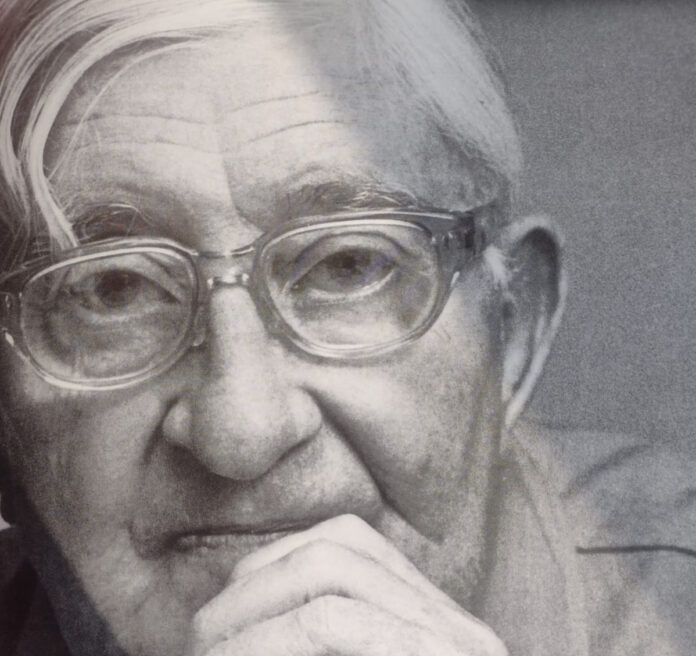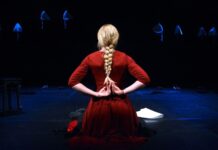Josef and Anni Albers in a great exhibition which is under way at the Museum of Modern Art in Paris until next January 9th. It is the first large show ever realized in France: three hundred and fifty unpublished artpieces including paintings, photographs, furniture, graphic and textile works. Most of them were realized by both the famous artists together, as they were a couple sharing life over longtime through an artistic and existential dialogue.
The works are installed chronologically, starting from 1920 through 1962, that is starting from the year in which Josef becomes a member of the Bauhaus in Weimar (Anni will join that School later).
The beginnings in Germany of Josef and Anni Albers
Josef’s fascinating use of colors is immediately noticeable, as soon as you enter the main room where his first works have been put on display. He created them by assembling recycled materials such as glass. This was also due to the serious economic crisis that hit Germany in those years, as in much of Europe, and which had forced not only Josef but also other artists to use materials recovered from landfills.
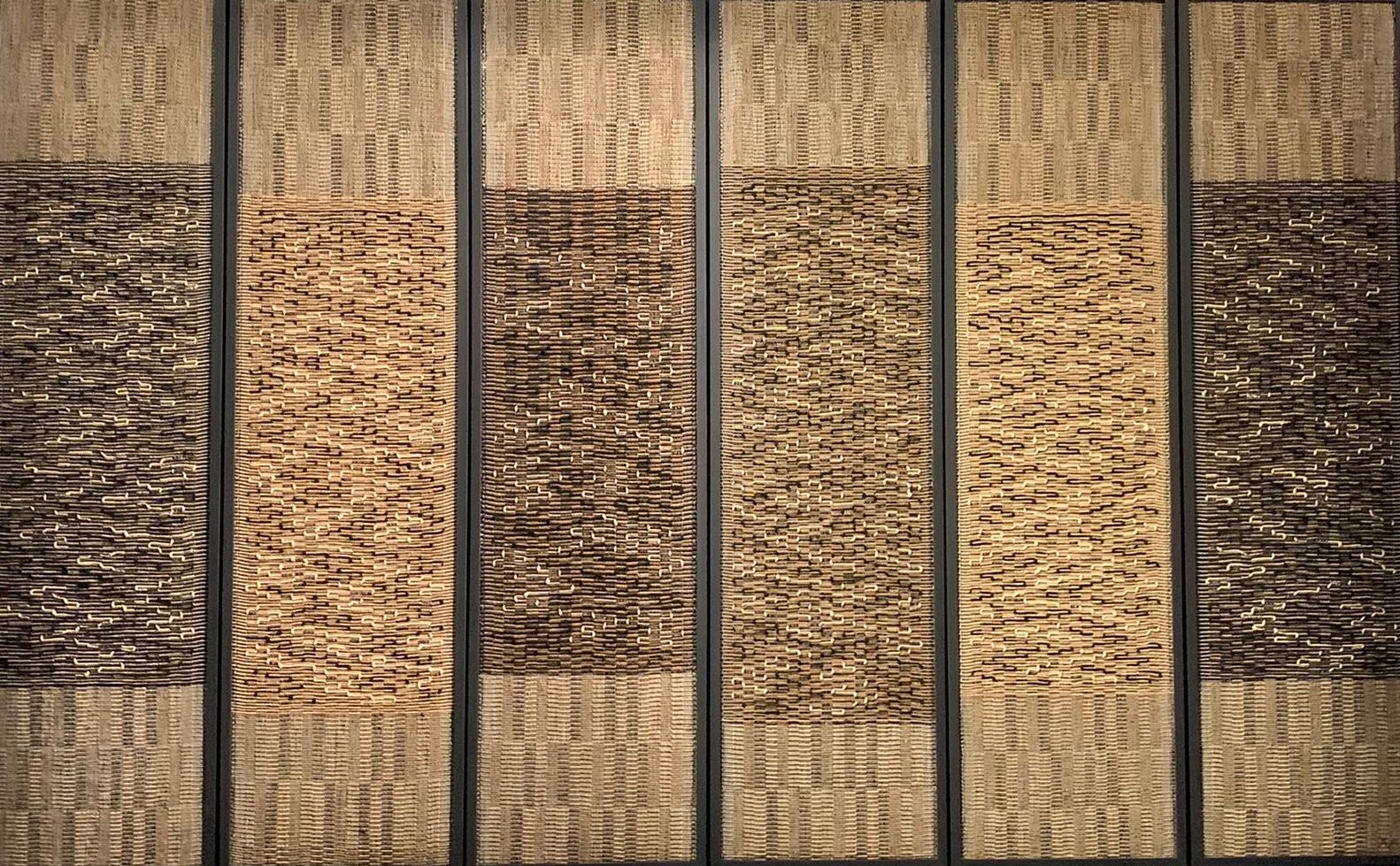
The debut of Anni was different. She entered the academy in 1922 working at the Atelier de Tissage. Even though it was not her main interest, it is in this field that later she would have found her inspiration as well as her total freedom for experimentation.
Nazism, the move to the United States
When in 1933, under the pressure of the Nazi regime, the Bauhaus ultimately closed, Josef and Anni’s artistic career went on in the United States where they were called to teach at the Black Mountain College.
It was an art college, located in the mountains of North Carolina, which assumed many of the pedagogical principles of the Bauhaus. Here Josef worked as the director of the art department, Anni ran the Atelier de Tissage that would have been transformed into the central part of the college’s program.
At a certain point, they both practiced a new interest, that in Latin America, especially in the pre-Columbian traditions which will profoundly influence their methods in teaching as well as their art.
Undoubtedly, this current exhibition in Paris is rich and complete offering the visitors an exhaustive display of their entire multifaceted production. Actually, they left a precious legacy to both fields of art and design
Josef and Anni Albers and the abstract-geometric art environment
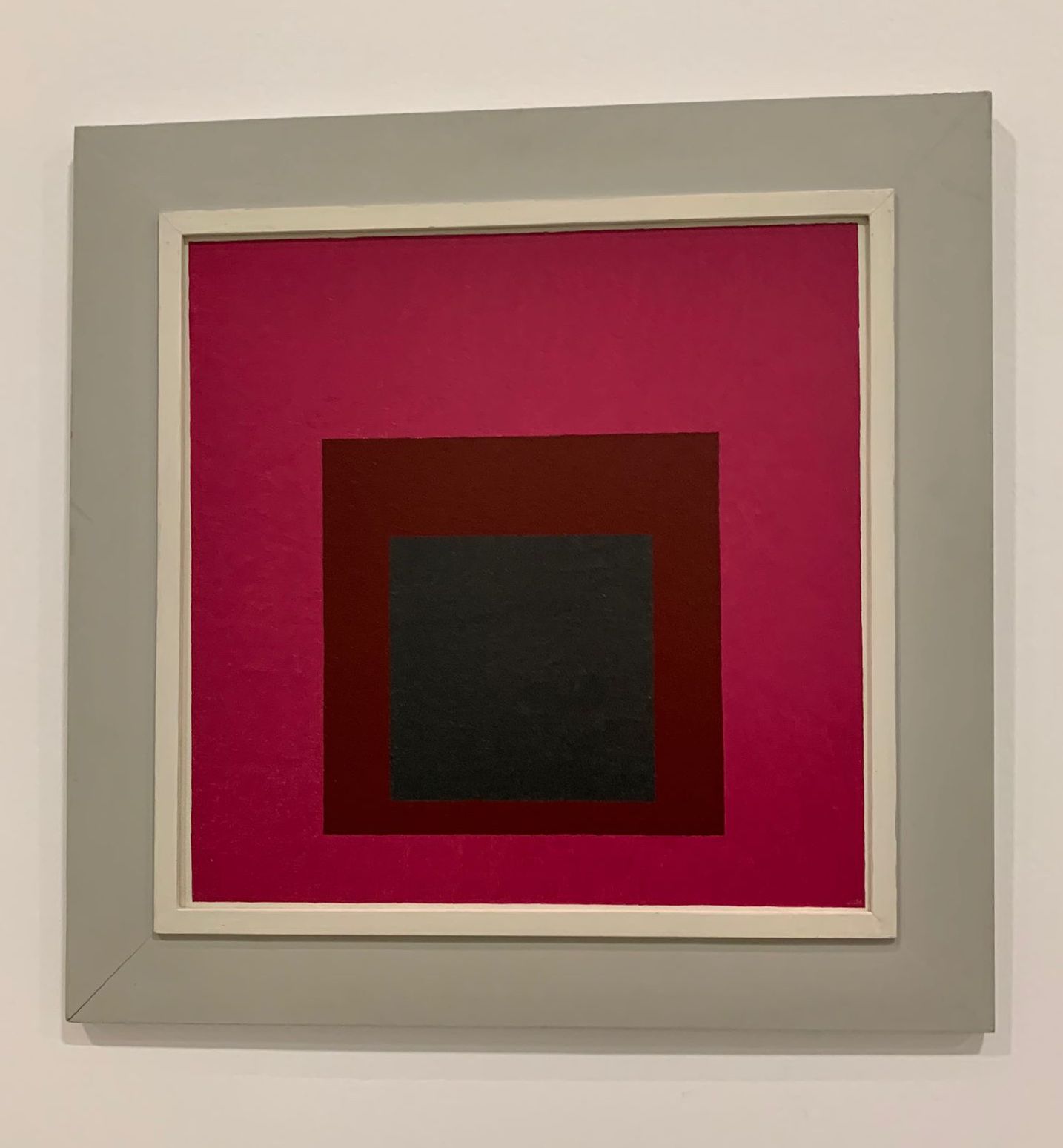
As far as their abstract geometry is concerned, they worked in the wide context of the philosophical and poetic renewal of art that had been greately emphasized in the Russian Constructivism movement (Tatlin, and others) and in its shift on the ground of the absolute sensibility giving way to the so called Malevič‘s Suprematism (supremacy, in fact, of pure sensibility).
On the other hand, the geometric abstraction of the Albers, particularly of Joseph, inspired many artists who, in the Thirties up to the Fifties, and also to the neo-avant-garde period, would have been interested in that kind of poetics. This is because the couple worked and designed by experimenting not only forms but also other new possible variations in relation to the subjects and the expressive modes.
Josef e Anni Albers, una grande mostra dedicata alla celebre coppia di artisti è in corso al Museo d’Arte Moderna di Parigi fino al 9 gennaio prossimo. Opere inedite (350) che costituiscono la prima esposizione realizzata in Francia interamente dedicata al duo.
Si tratta di dipinti, fotografie, mobili, opere grafiche e tessili che, dei famosi artisti, evidenziano l’aspettò più intimo e anche complice, dato che erano legati anche nella vita in modo talmente forte da sostenersi e rafforzarsi in un dialogo artistico ed esistenziale.
I lavori sono ordinati cronologicamente a partire dal 1920 al 1962, cioè a partire dall’anno in cui Josef diventa membro del Bauhaus a Weimar (Anni vi entrerà qualche anno più tardi).
Gli esordi in Germania di Josef e Anni Albers
Si coglie subito l’ammaliante uso dei colori ad opera di Josef, già sin dalla sala principale dove sono esposte le sue prime opere lungo gli anni Venti tra il 1920, create assemblando e rimaneggiando materiali di recupero come il vetro. Ciò anche a causa della grave crisi economica che proprio in quegli anni si abbatteva sulla Germania, come in gran parte dell’Europa, e che aveva costretto non solo Josef ma anche altri artisti a ricorrere a materiali recuperati nelle discariche.
Diverso l’esordio di Anni. Entrata in accademia nel 1922, si unisce all’Atelier de Tissage. Pur non costituendo la sua una scelta primaria, è in questo campo che in seguito troverà la sua ispirazione unita ad una totale libertà di sperimentazione.
Il nazismo, il trasferimento negli Stati uniti
Quando nel 1933, sotto la pressione del regime nazista, il Bauhaus chiude definitivamente, il percorso artistico di Josef e Anni prosegue negli Stati Uniti dove essi sono chiamati ad insegnare al Black Mountain College.
Si trattava di un collegio d’arte, situato tra le montagne della Carolina del Nord, che riprendeva molti dei principi pedagogici del Bauhaus. Qui Josef prende la direzione del dipartimento d’arte e Anni di uno sperimentale atelier de tissage che presto diventerà parte centrale del programma del collegio.
In loro nasce pure l’interesse per l’America Latina e in particolare per le tradizioni precolombiane le quali influenzeranno profondamente sia il metodo di insegnamento che le loro opere.
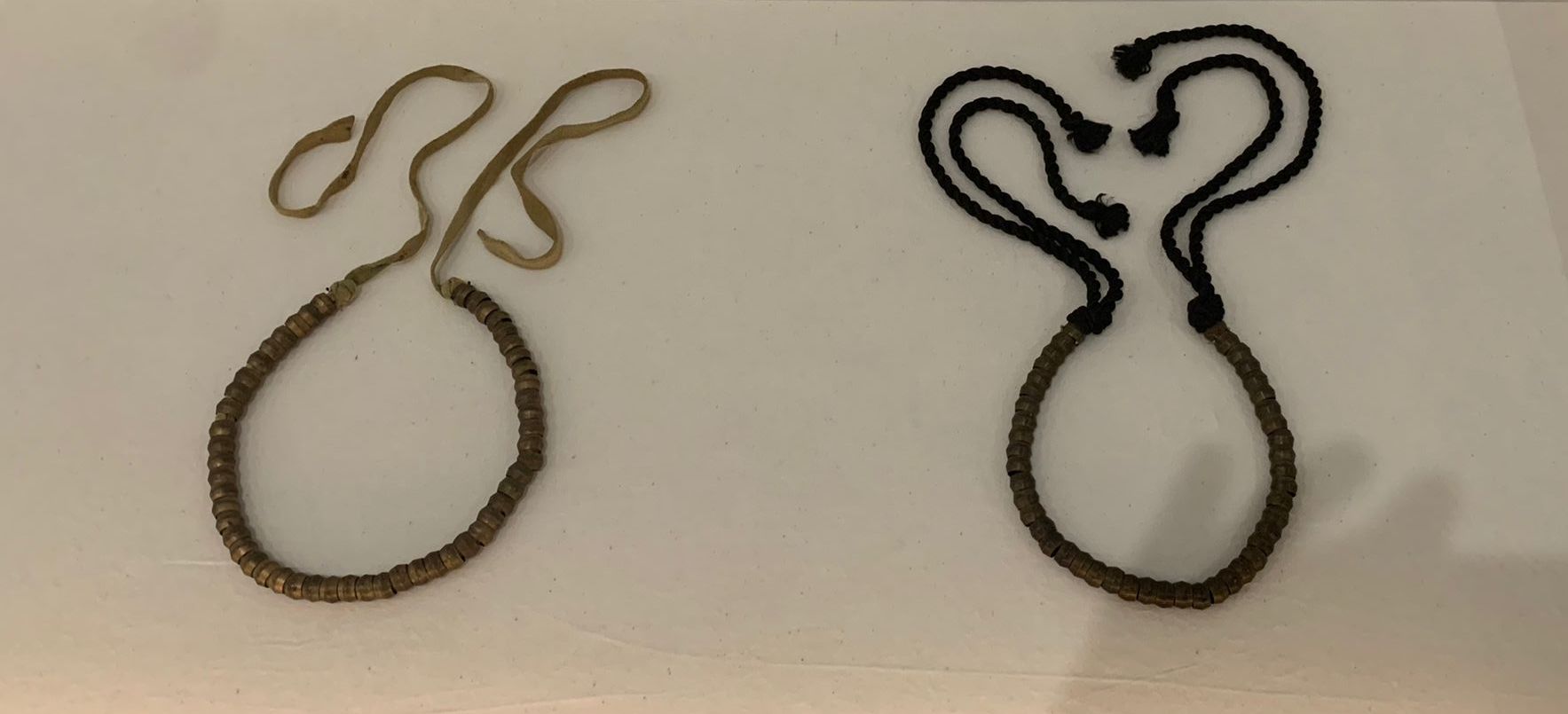
Si tratta senza dubbio di una esposizione completa e ricca che offre al visitatore una visione a 360 gradi del lavoro degli Albers che con le loro opere hanno lasciato una eredità preziosa non solo al mondo del design ma al mondo dell’arte in generale.
Josef e Anni Albers e il terreno dell’arte astratto-geometrica
Questo accade specialmente nell’ambito dell’arte astratto-geometrica che era stata avviata in Russia nell’ambito del rinnovamento filosofico e poetico dell’arte che aveva dei grandi punti fermi nel Costruttivismo (Tatlin, e altri) e nel suo slittamento sul terreno della sensibilità assoluta quale si era consolidato col Suprematismo di Malevič (supremazia, appunto, della sensibilità pura).
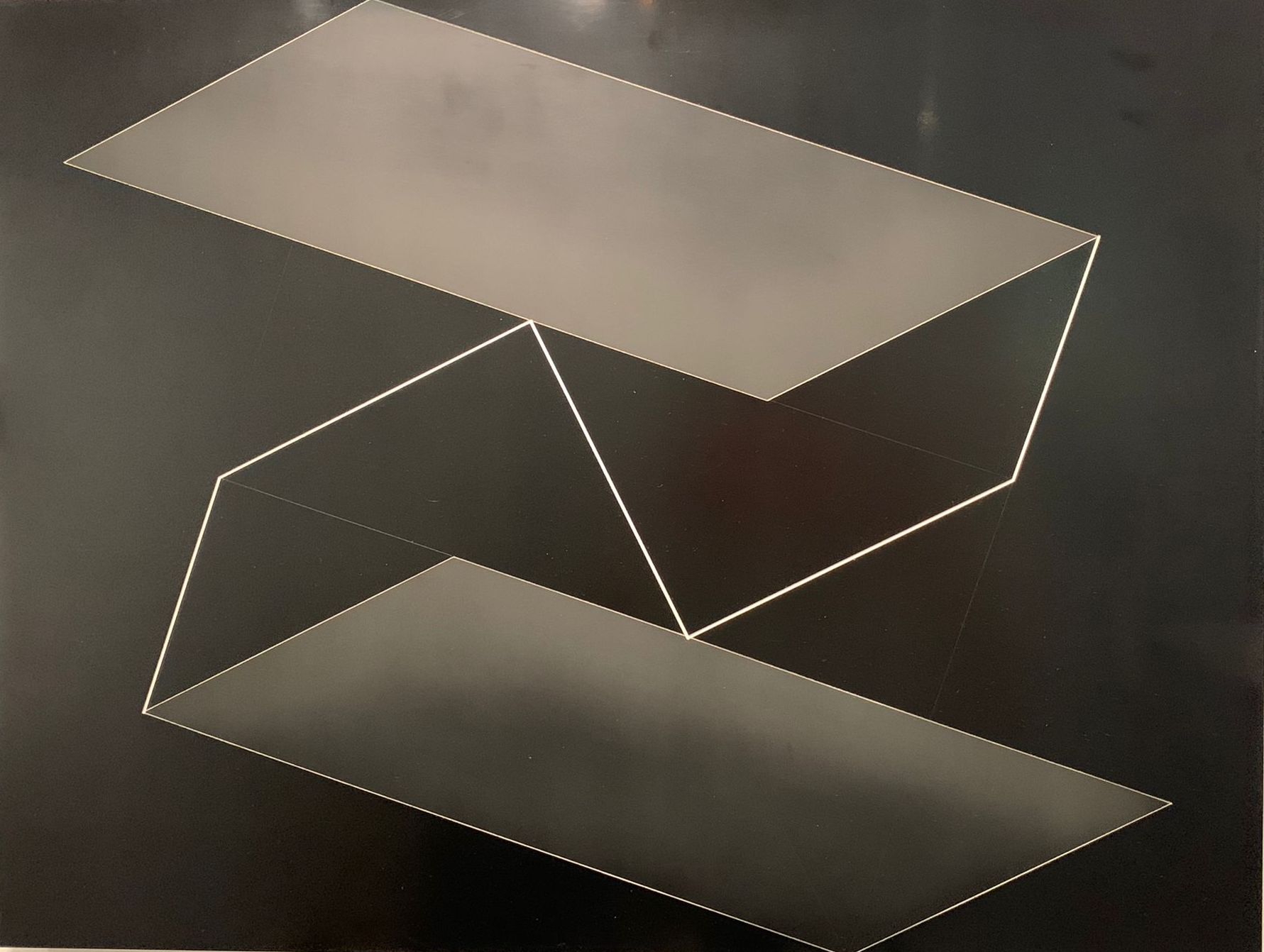
Per contro l’astrazione geometrica degli Albers, particolarmente di Joseph, ispirerà tanti artisti che, agli anni Trenta ai Cinquanta, e anche in ambito neoavanguardistico, sarebbero stati interessati a quella poetica. Questo perché egli ha lavorato e progettato da sperimentatore, non solo di forme anche in vista di altre possibili variazioni tematiche ed espressive.

